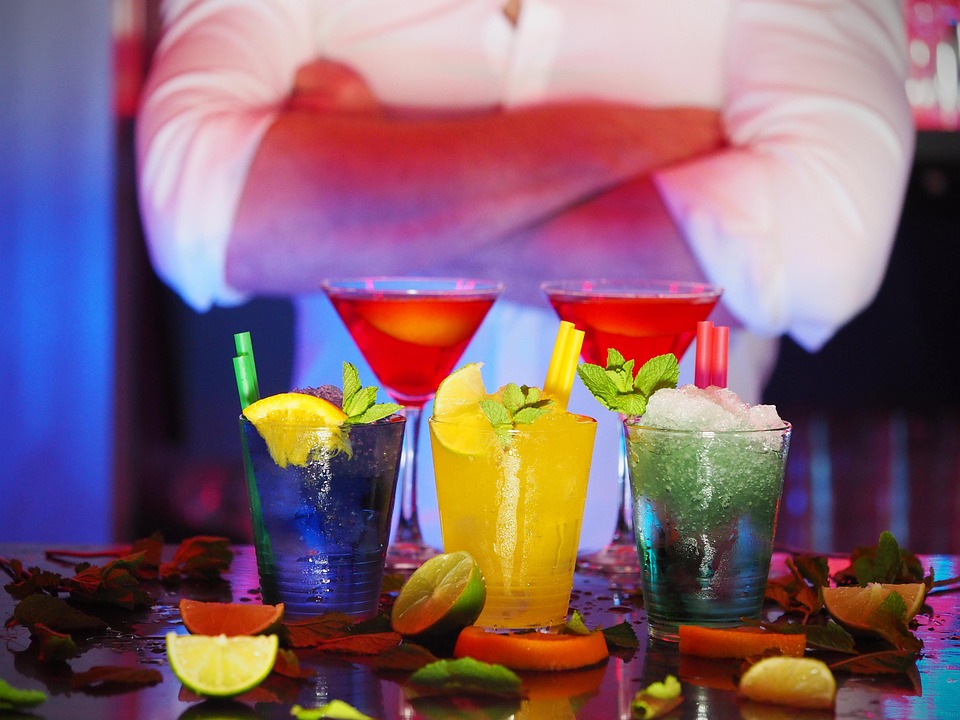Essential Bartender Resume Template: Crafting Your Perfect Cocktail of Skills and Experience
In the bustling world of hospitality, a bartender stands as both alchemist and artist, concocting delightful beverages while providing an unforgettable experience for patrons. However, before you can shake and stir your way to success behind the bar, you need an exceptional resume that reflects your unique skills and experiences. Here’s how to blend the elements of a stellar bartender resume into a masterful concoction.
1. The Right Ingredients: Contact Information
Begin with the essentials—your contact details. Include your name, phone number, email address, and, if applicable, your LinkedIn profile. This part should be simple yet effective, ensuring that potential employers can easily reach you. A clean, professional layout works wonders here; think of it as the garnish that complements your drink.
2. Mixing Your Skills: Core Competencies
What sets you apart as a bartender? Highlight your key skills, like excellent customer service, mixology expertise, and knowledge of various spirits. Consider the following categories to showcase your competencies:
- Technical Skills: Proficiency in cocktail preparation, knowledge of bar equipment, and familiarity with health and safety regulations.
- Soft Skills: Communication, teamwork, and problem-solving abilities are paramount in a fast-paced bar environment.
- Industry Knowledge: Understanding trends in mixology, local and international beverages, and the art of upselling.
A diverse skill set will attract employers like bees to honey.
3. Shaking It Up: Professional Experience
When detailing your work history, think of it as layering the perfect cocktail. Start with your most recent position and work backwards. For each role, include the following:
- Job Title: Clearly state your position, e.g., Bartender, Bar Manager.
- Establishment Name and Location: Specify where you worked, as this adds credibility.
- Dates of Employment: Include the month and year to demonstrate your experience timeline.
- Key Responsibilities and Achievements: Use bullet points to outline your duties and any notable accomplishments, such as increasing customer satisfaction ratings or winning a local cocktail competition.
This section allows you to demonstrate not just what you’ve done, but how well you’ve done it.
4. The Secret Sauce: Education and Certifications
While experience is vital, education can also add depth to your resume. Mention any relevant qualifications, such as:
- Bartending Courses: Highlight any formal training or certifications you’ve received.
- Mixology Workshops: These showcase your commitment to continuous learning.
- First Aid or Food Safety Certifications: These not only enhance your employability but also prove you’re conscientious about customer safety.
5. Personal Touch: Hobbies and Interests
Don’t shy away from letting your personality shine through. Including a brief section about your hobbies can create a connection with potential employers. Perhaps you enjoy exploring local breweries, crafting unique cocktails at home, or attending industry events. This snippet can make you memorable in a sea of applicants.
A Final Sip: Crafting Your Unique Narrative
As you compile your resume, remember that it should reflect not just your experience, but your passion for bartending. Tailor your application for each position, ensuring you emphasise the skills and experiences that align with the specific bar or restaurant’s ethos. This personalised touch will set you apart, making it easier for hiring managers to envision you behind their bar.
In the end, your resume is much like the perfect cocktail—carefully crafted, well-balanced, and utterly unique to you. At CVPortal, we continuously provide a variety of high-quality resume references to help you create your own masterpiece. Cheers to crafting a resume that will have employers lining up for a taste of what you can bring to their establishment!


